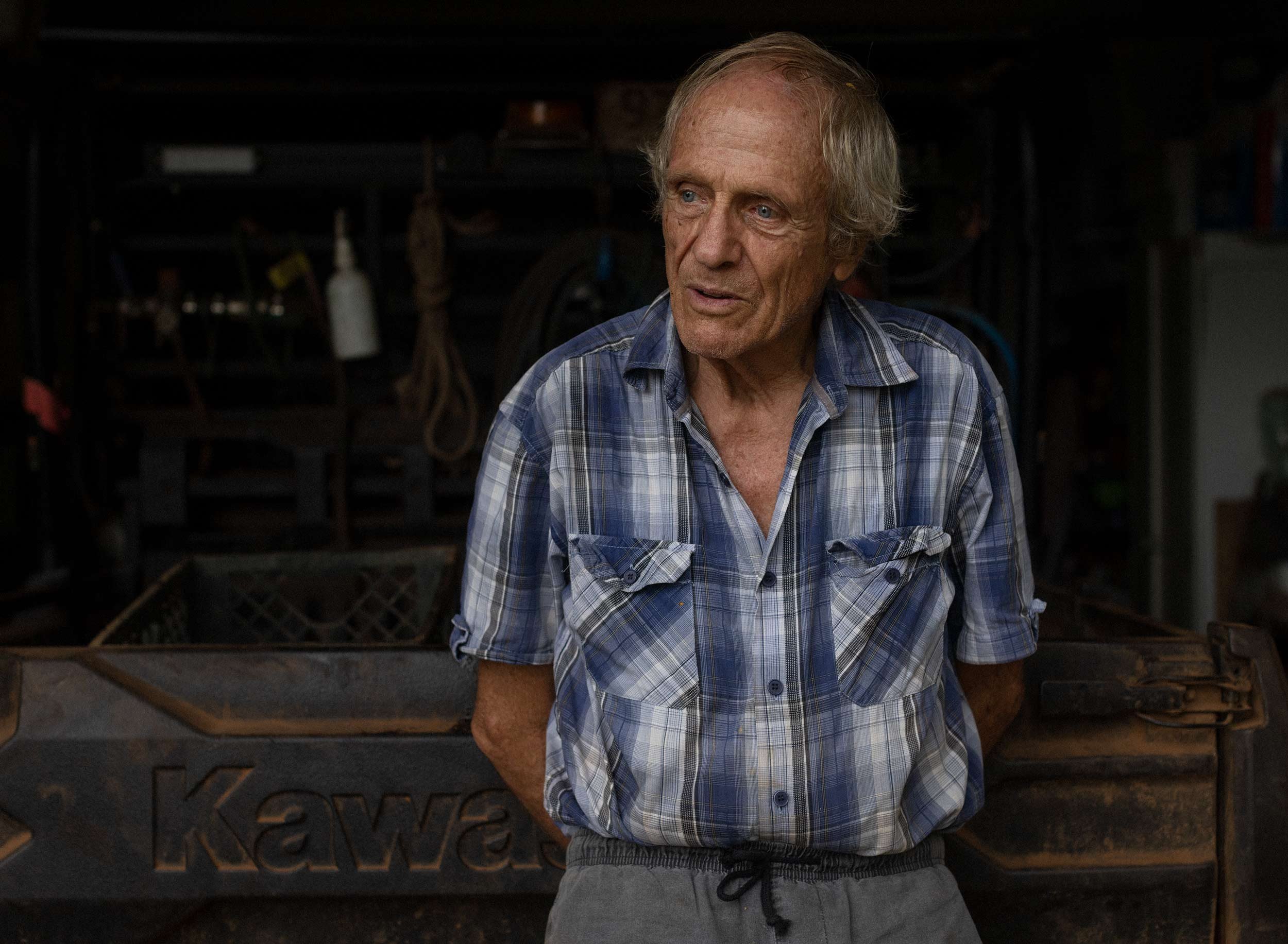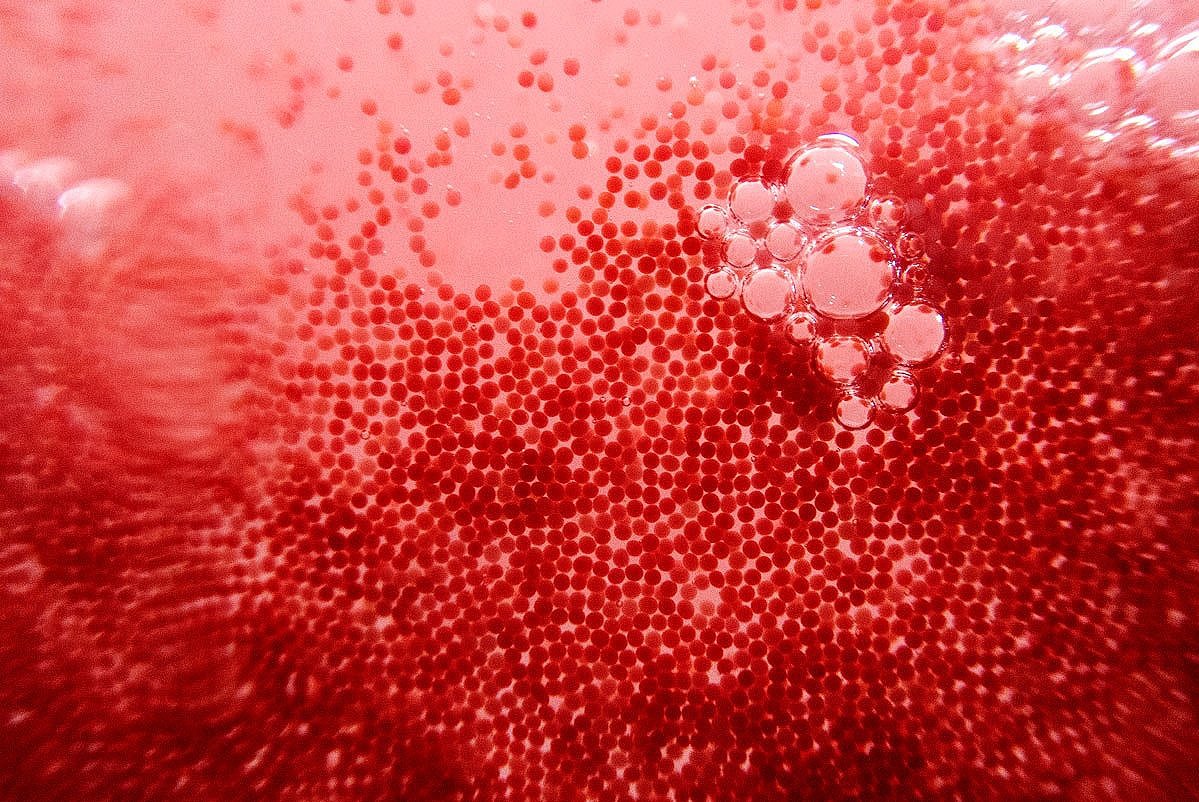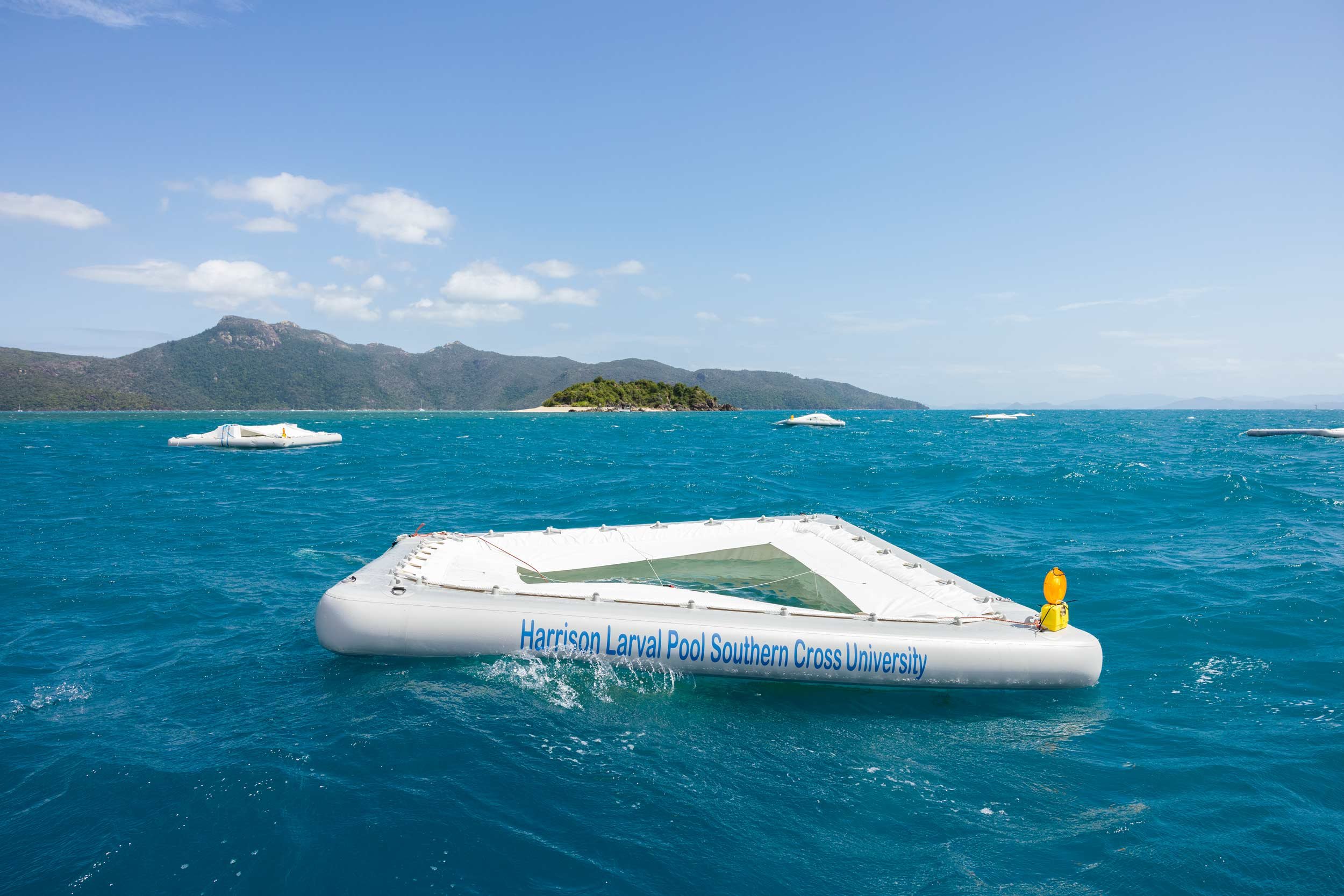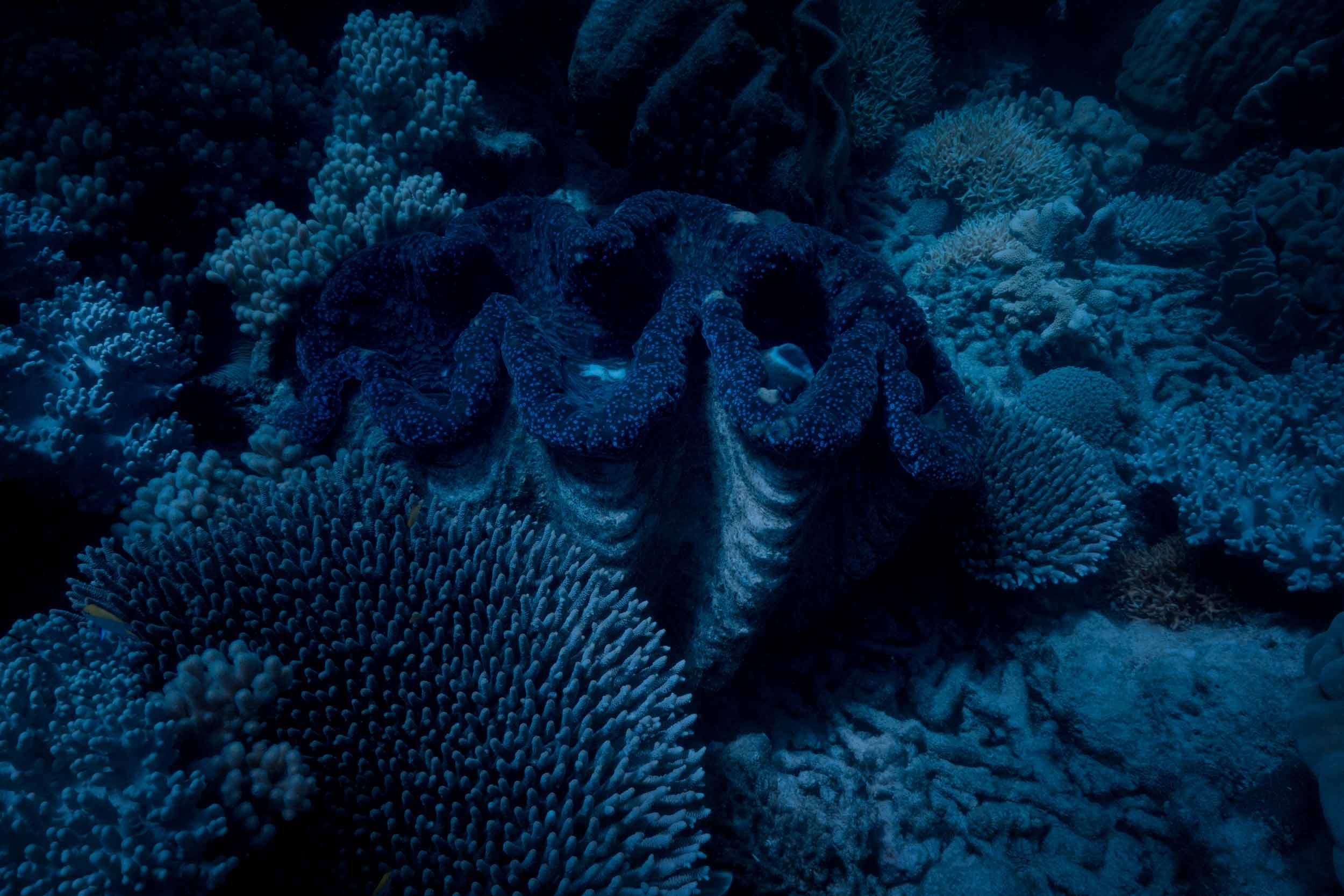RED ALERT in The Coral Sea
Full moon and November at the Great Barrier Reef. Watertemperature 29 degrees C. Heavy Rain.
Average seatemperature 27.1 degrees C.
John Charlie Veron. Called The Godfather of Corals and the first researcher on The Great Barrier Reef. Who has discovered and named a quarter of the worlds coral species, has spent a lifetime diving at the Great Barrier Reef and is one of the great authorities in the world on corals.
He still remembers the first time he saw a coral reef. The ocean was steaming with sharks, fish and other animals. He describes it as noisy, loud, almost like being in the middle of a large city. Then he gets tears in his eyes.
-Sometimes, when I get back to the boat after a dive nowadays, I just feel totally empty. I don´t even have the strength to talk to anyone, I just sit quiet. This place, that I’ve loved so dearly, is dying away from me.
At the Australian Institute of Marine Science. Marinebiologists and scientist are working with the Coral IVF in something that looks and feels like the red heart of the lab. The corals are spawning, and the eggs and sperm are collected for research and rebirth of coral larvaes. “What we are doing is some kind of artificial breathing for the reef. And we can’t stop, that’s not an alternative.”
Rising sea temperatures leading to massive coral bleaching, acidification and cyclones are destroying the largest living structure on Earth.
50% of the reef has already died. And the scientists predict that in 50 years, if the global warming continues, the reef will be gone. And with it, the most diverse ecosystem in the world.
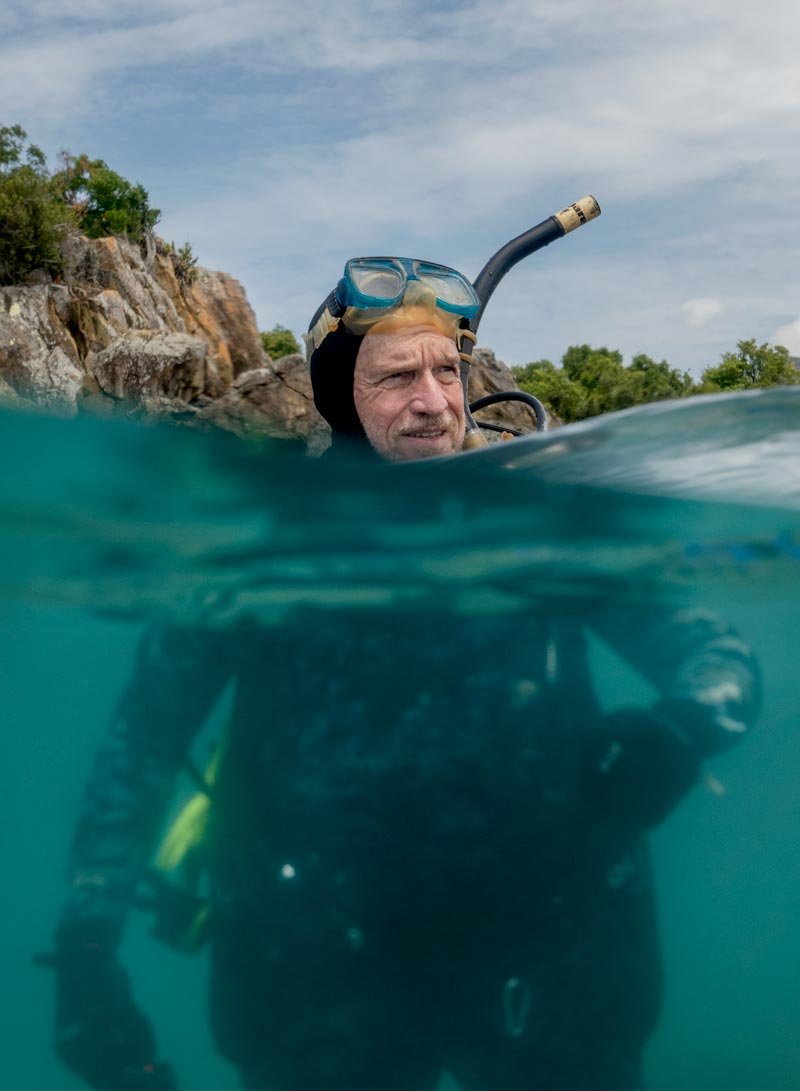

Professor Peter Harrison, coral ecologist and Director of the Marine Ecology Research Centre at Southern Cross University. In 1987 he discovered something that would change how we looked upon corals. They were spawning, once a year, a few days after full moon. A few nights every year, the corals release thousands of millions of eggs and sperm. The largest sexual event on the planet. The discovery was published in Science and today a massive research to save the reefs from vanishing leans against his studies.
Outside Black Island on The Great Barrier Reef, the team is releasing millions of coral-larvaes directly on a reef destroyed by one of the more frequent cyclones, in an attempt to help the regrowth. They have been on the ocean for weeks, breeding larvaes in large pools. And now the water, full of bullsharks, is getting a boost of millions of new coral-wannabies, and life. The experiment has been successfull, one in 15 000 larvae grows into a coral, instead of one in a million without their help. The purpose, to not let the coral population reach a tipping point where they can no longer reproduce, and to keep the reef alive is what it’s all about now.




This report was made by me and journalist and science editor Anna Liljemalm.
The full article was published in Forskning&Framsteg 2/2023.
fof.se
Ongoing project. To be continued.


